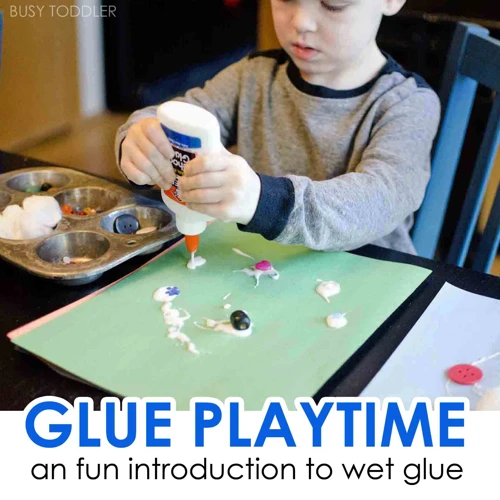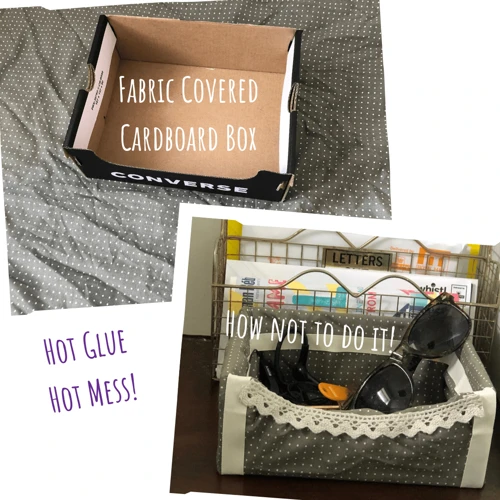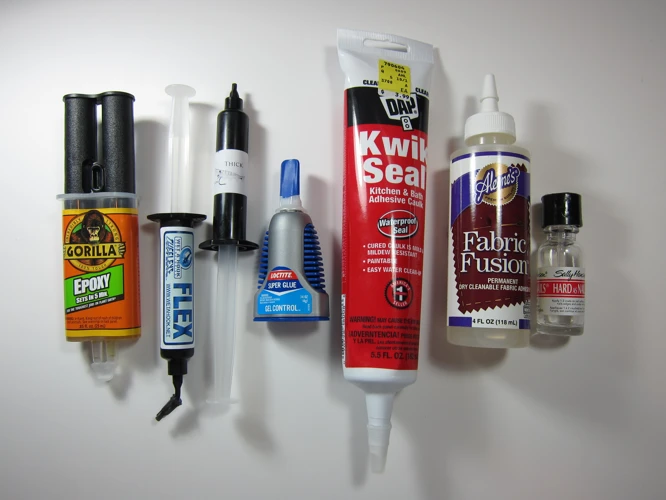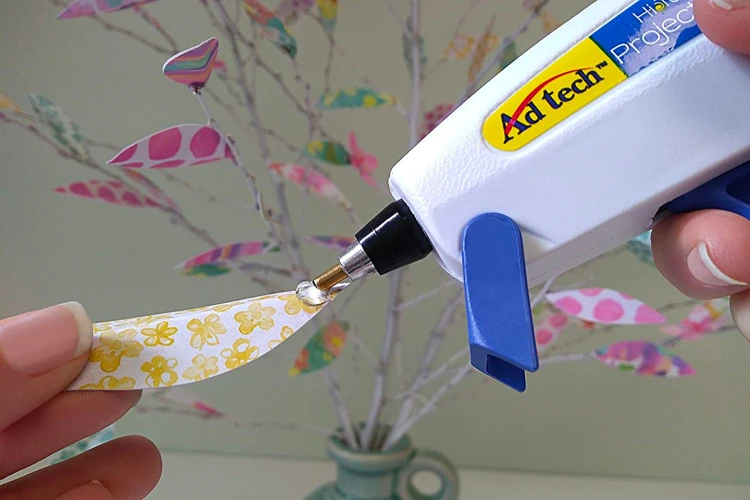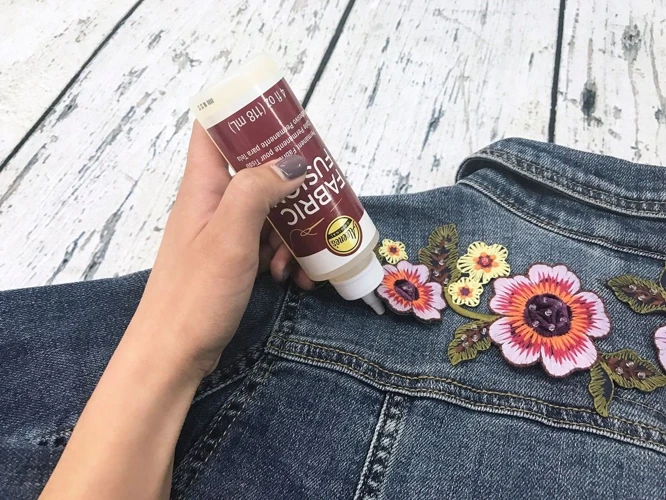Whether for a creative DIY project or professional artistic work, knowing how to glue fabric to cardboard can be an invaluable skill. The fusion of textile and paper-based material creates a unique texture and look that can enhance scrapbooks, home decor, and custom packaging. In this guide, we’ll walk you through the essentials of adhering fabric to cardboard, ensuring your end result is both appealing and durable.
Choosing the Best Glue for Fabric to Cardboard
Factors to Consider
Choosing the best glue for sticking fabric to cardboard involves several considerations. The weight of the fabric, the type of cardboard, and the intended use of the final product all influence your choice. A glue that works well with thin, lightweight fabric may not be suitable for heavier textiles. Similarly, the absorbency of the cardboard should be factored in, as some adhesives might soak through thin cardboard, causing warping or discoloration.
Top Recommended Adhesives
When it comes to the best glue for fabric to cardboard, a few adhesives stand out. White craft glue, for instance, is a versatile option that dries clear and provides a flexible bond. Spray adhesives are excellent for covering large areas evenly, while fabric glue, specifically designed for textiles, offers a strong hold without stiffness. Hot glue guns can be useful for quick fixes, but they may not provide the same lasting strength or smooth finish.
Preparation for Gluing Fabric to Cardboard
Gathering Materials
- Fabric of choice
- Cardboard
- Best glue for fabric to cardboard
- Scissors or fabric cutter
- Brush or sponge for glue application
- Weights or heavy books for pressing
Preparing the Fabric and Cardboard Surfaces
Before starting, ensure your fabric is clean, ironed, and free from wrinkles. The cardboard should be flat and dry. If you’re recycling cardboard, remove any stickers or tape that could interfere with the adhesion. Trim the fabric to the desired size, allowing for a little overhang if you plan to wrap it around the edges of the cardboard.
Step-by-Step Guide on How to Glue Fabric to Cardboard
Step 1: Applying the Glue
Apply a thin, even layer of glue to the cardboard surface, working from the center outwards. Be careful not to oversaturate, as this can cause the cardboard to warp. A brush or sponge can help spread the adhesive more evenly than pouring it directly onto the surface.
Step 2: Attaching the Fabric
Carefully lay the fabric over the glued cardboard, starting from one edge and gently laying it down to avoid wrinkles. If positioning is critical, you may want to apply the fabric to one corner first and then smooth it out towards the opposite edges.
Step 3: Smoothing Out Bubbles and Wrinkles
Once the fabric is in place, use your hands or a brayer to smooth out any air bubbles or wrinkles. Work from the center of the cardboard outward to ensure a flat and professional-looking finish. This step is crucial for a polished end product.
Step 4: Drying and Setting
Allow the glued fabric to dry completely. Depending on the adhesive you’ve chosen, drying times may vary. To ensure a firm bond, place weights or heavy books on top of the fabric-covered cardboard and leave it to set for several hours or as recommended by the glue manufacturer.
Additional Tips for Sticking Fabric to Cardboard
For a refined look, you can trim the excess fabric around the cardboard or fold it over the edges, securing it with more glue. If you choose to fold, make sure corners are neatly tucked and glued for a seamless appearance. Additionally, consider sealing the fabric with a clear, protective finish to prevent fraying and to add durability.
Troubleshooting Common Issues
Dealing with Excess Glue
If you’ve applied too much adhesive and it seeps out from under the fabric, act quickly to wipe it away with a damp cloth. Excess glue can be unsightly and may even attract dirt or dust, marring the look of your project.
Ensuring Long-Lasting Adhesion
To ensure your fabric stays attached to the cardboard over time, choose the correct glue, prepare surfaces thoroughly, and allow ample drying time. Avoid exposing the finished product to excessive moisture or heat, as these conditions can weaken the bond.
Are you a craft enthusiast looking to bond fabric with different materials? Our DIY guides can help you master the art of adhesion, whether you’re working with plastic, paper, or canvas. Discover the best techniques and tips for your projects with our articles on how to glue fabric to plastic, how to glue paper to fabric, and how to glue fabric to canvas. Plus, if you’re specifically interested in attaching fabric to cardboard, stay tuned for our upcoming guide tailored just for that purpose!
Conclusion
Mastering the art of how to attach fabric to cardboard can open up a world of possibilities for crafters and artists alike. By selecting the appropriate adhesive, preparing your materials, and following the steps provided, you’ll achieve a strong, lasting bond that’s sure to enhance any creative endeavor. Remember, practice makes perfect, so don’t hesitate to experiment with different fabrics and cardboards to see what works best for your specific project. Happy crafting!
